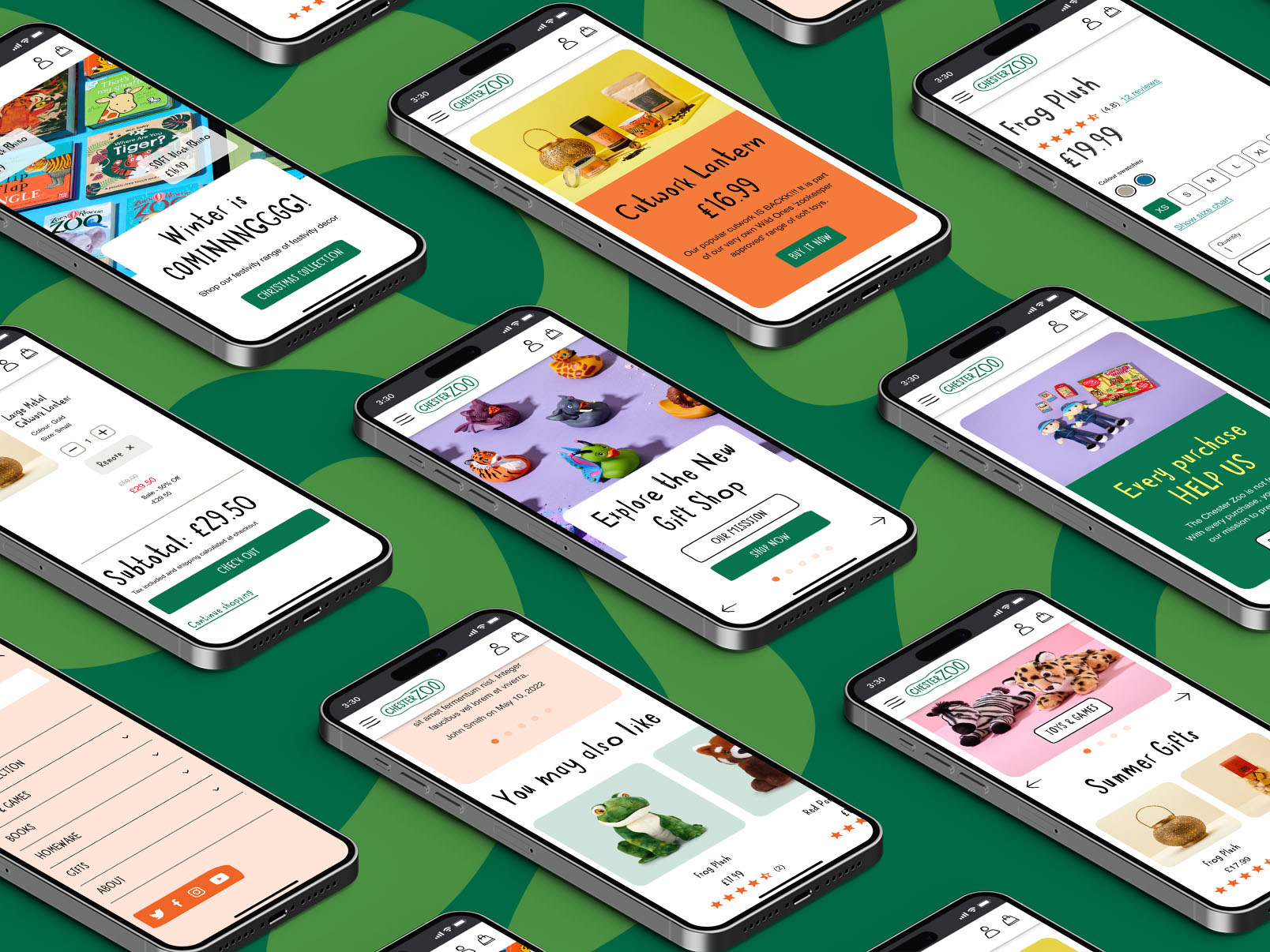Maximising your engagement is vital for any industry. (Okay, we all know that). But getting there can be difficult. As you’ll know by now, a CRM is a huge part of keeping communication open – and getting your CRM right is a huge step. What does customer relationship management exactly mean? And how can you prioritise your setup? Ultimate explains:

‘Customer relationship management’.
When it comes to maximising engagement, interactions and sales, these three little words are thrown around almost every business worldwide. Of course, a CRM system is an important part of most companies’ strategies. In fact, we’d be willing to bet that your company spends a lot of time, effort and engagement on their CRM system too. But what exactly does it mean?
We know, we know – it sounds self-explanatory. However, Customer Relationship Management doesn’t just refer to the relationship between your clients and your company (although this is a big part of it). Instead, a CRM system really refers to how we organise and collect the data about that relationship. How many times the customer has interacted with you, how many times you’ve interacted with them, if they’ve ever purchased a product or service from you – you can see why all of this is useful stuff. Compiling data which lets you see, with one click, your customer’s likes, dislikes and engagement history with your brand? Now that’s important. But why?
To put it simply – personalisation. It’s vital to be able to personalise your communication with your customers, otherwise you end up another nameless, faceless brand- putting out information your end user might not really care about at all. (Do you see where we’re going with this?)
That’s right – being able to target your marketing to what that specific user actually cares about is likely to be the biggest boost to your marketing efforts since Bill Gates gave us the internet. (Or something).
To have this kind of detailed analytics, on tap, is a huge tool to your continued growth. Think of it as a sure-fire way you can find out which of your campaigns or efforts are working for your target audience – and which should be abandoned as you move forwards. Knowing who you’re talking to is a great first step – and the content they like.
So how do you prioritise your CRM – and stay on top of it?
The other incredibly valuable aspect of a CRM is how it lets you organise – or ‘manage’ – the clue is in the name – that relationship. You’ll be able to see just where individuals sit in your nurture flow; where they spend the most time; even where they’re falling out of it (because they will – best be prepared for that one). Essentially, your CRM will let you make sure nobody slips through the cracks. As you’ve probably realised now – prioritising this is absolutely essential – to keep things personalised and communication effective. Great – so let’s get down to it.
Prioritising Your CRM Setup
To use your CRM effectively, you need to prioritise your metrics – what really matters to your company in terms of success – and crucially, what sets you apart from your competitors. Working out what your company needs to measure – the critical processes you need to keep track of – is a key starting point.
- What functionality do you need?
- Which of the standard CRM functions are going to help your company benefit, and which can you do without?
- What automation do you need – and what can be done manually?
- Finally, what platforms must integrate with your CRM?
Each of these considerations is going to help you deliver your product the best, most efficient, and most personalised way possible. Luckily – we’re here to help you.
Here at Ultimate, we’re a CRM specialist and Platinum Partner of HubSpot – so you know you’re in safe hands. If you’d like to find out more about how we can help your company move forward with digital tools and platforms like a CRM, please feel free to get in touch with us and how we can help you move forward.






